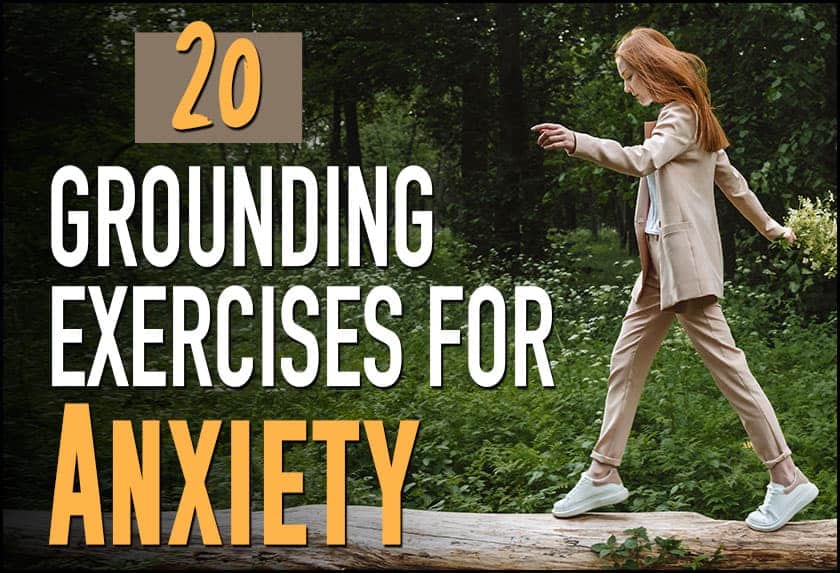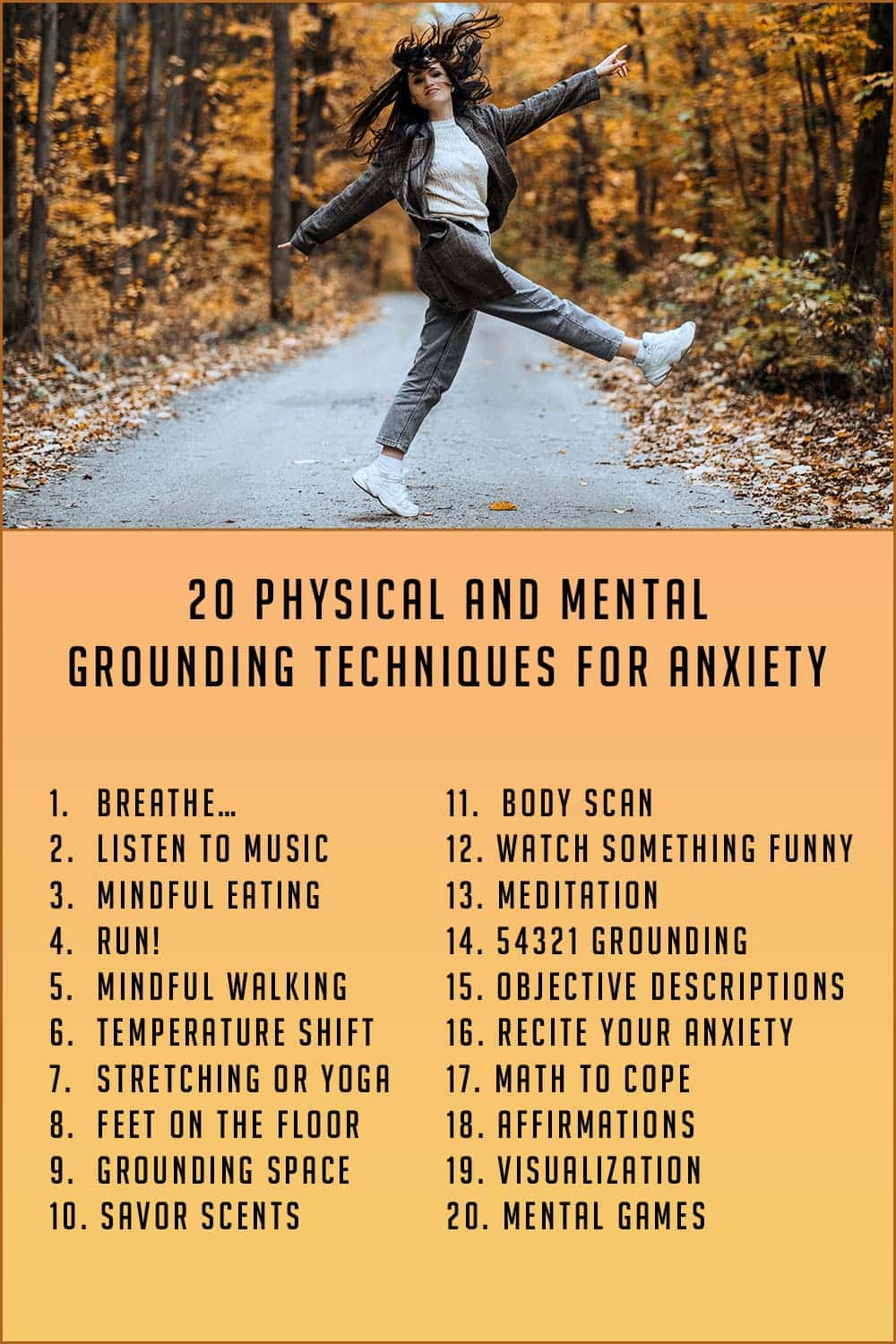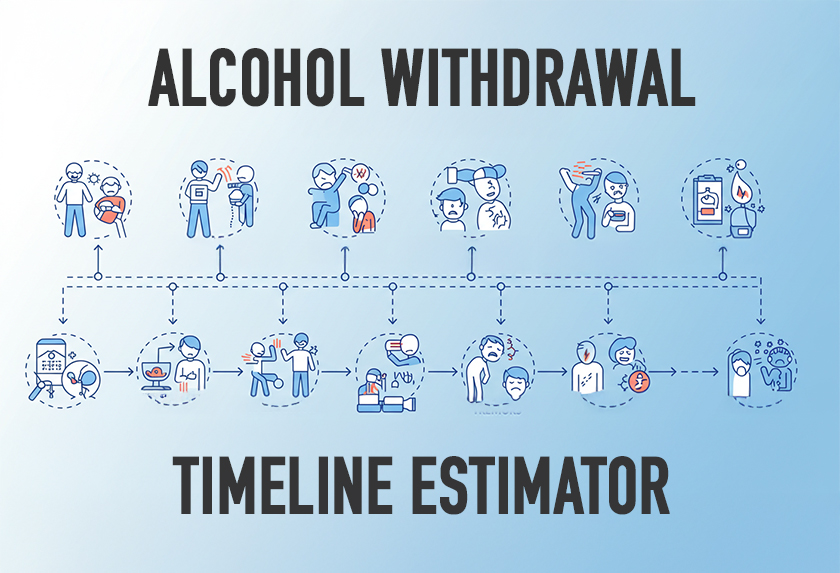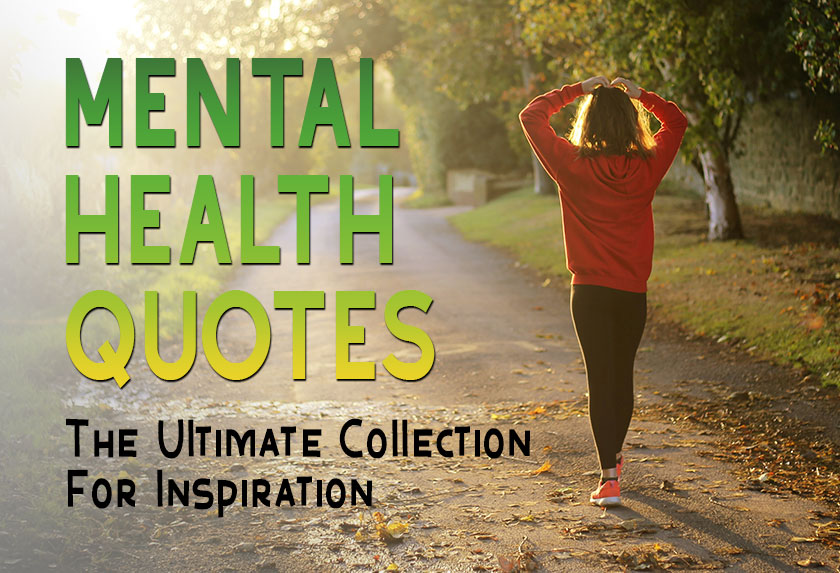Ever felt an overwhelming feeling of anxiety or a panic attack? You’re not alone. According to one survey, 62% of people in the U.S. struggle with some degree of anxiety.
Feeling anxious or experiencing a panic attack can interfere with your everyday life—and it can be tough to bounce back. But grounding techniques for anxiety can help stop fear, panic, and anxiety from taking over. They may not be a cure or direct treatment for anxiety, but they help bring you back to reality in distressing moments.
Learn more about grounding exercises for anxiety—including how you can practically incorporate them into your life.
What are Grounding Techniques for Anxiety?
Grounding exercises are coping strategies used to self-regulate in moments of anxiety or stress. They serve as distractions from distressing feelings. They are gentle reminders to stay anchored/focused in the present moment.
Grounding techniques for anxiety allow the body to calm itself down. They help you “turn off” or manage your brain’s threat response. Grounding may also help you build greater resilience and reduce impulsive behaviors.
You can use grounding exercises for anxiety in a number of situations—from coping with day-to-day stressors to managing diagnosable anxiety disorders.
Physical Grounding Exercises for Anxiety
Grounding techniques for anxiety can be divided into physical and mental exercises. You can start with either of the two based on your unique needs and preferences. But we find it better to practice physical panic attack grounding techniques first. The idea is to distract your body before moving to the brain.
Here are some physical grounding exercises for anxiety to consider the next time you feel overwhelmed:
- Breathe…
We’re often told to breathe when struggling with feelings of distress. And while it may sound cliché, there’s some truth to it. Several studies show that diaphragmatic breathing is one of the most effective grounding techniques for anxiety. Deep, slow breathing can modulate autonomic nervous functions—which helps reduce stress, anxiety, hypertension, and even migraines.
- Listen to Music
The National Alliance on Mental Illness (NAMI) notes that music can significantly impact different parts of the brain—including your stress response. Listening to music can slow the heartbeat, reduce blood pressure, and positively manage feelings of anxiety. You can experience these benefits immediately after a session.
- Mindful Eating
What do you enjoy eating or drinking? Pay attention to the intricate sensory experience of every bite or sip. Think about the texture, the aroma, how it looks, the temperature, or how your mouth moves—and try to describe it. Check out this guide by the American Diabetes Association for more details on mindful eating.
- Run!
Ever heard of “runner’s high”? It’s a relaxing, euphoric feeling that follows a good run. Research suggests that it’s linked to a release of endorphins, which may help blunt the brain’s response to stress and alleviate depressive symptoms.
- Mindful Walking
If you’re not in a position for a quick sprint, taking a short walk can prove to be an effective grounding exercise for anxiety. Pull your focus to the steps. Notice the rhythm. How does it feel stepping on the ground? What about when you lift your foot?
- Temperature Shift
Touching cold or hot items is one of the best and easiest panic attack grounding techniques. It’s a welcomed distraction from feelings of anxiety. Hold a mug of hot water, an ice cube, or a warm washcloth. How does it feel at first? How does your body react? And how does the sensation change with time?
- Stretching or Yoga
Stretching exercises can be useful grounding techniques for anxiety. They help release emotional and physical tension. In fact, a study published in the Journal of Personality and Clinical Studies suggests that practicing yoga can help you develop full body awareness and lessen anxiety symptoms.
- Feet on the Floor
According to a 2015 study in Phycological Reports, an hour of contact with the earth “improved mood more than expected by relaxation alone.” Putting your feet on the ground and mindfully feeling the earth can help you alleviate distressing symptoms.
- Grounding Space
Consider creating a designated grounding space if you frequently experience panic attacks or anxiety. This should be an environment that promotes feelings of “calm” and helps bring your attention to the present moment.
If creating a designated grounding space is not practical for your situation, consider designating a safe object. This is any small item you can carry around and hold when you feel anxious. Focus on it and how it feels on your hand.
- Savor Scents Mindfully
Which fragrance do you find soothing? Whether it’s your favorite soap, a delectable dessert, a scented candle, or a cup of coffee—inhale the scent slowly and try to describe its qualities or what it reminds you of.
- Body Scan
Ever thought about how your body feels and works? Wiggle your toes, feel your hair, think about the feel of clothes on your skin, listen to your heartbeat, or think about how loose or stiff your joints are. Body scans can be excellent grounding techniques for anxiety.
- Watch Something Funny
A good laugh can work wonders for your anxiety. Watch funny YouTube videos, listen to your favorite comedian, make up a silly joke, scroll through memes, or whatever makes you laugh.
Mental Grounding Techniques for Anxiety
Mental grounding exercises for anxiety include behavioral, somatic, and cognitive techniques that help reframe distressing situations and encourage you to be present instead. They shift negative feelings/perceptions into more positive or realistic ones by promoting a sense of acceptance.
Here are some panic attack grounding techniques you can use as mental distractions when you’re overcome by distressing feelings.
- Meditation
Meditation—i.e., the intentional practice of staying present—is one of the most effective grounding exercises for anxiety. According to a large-scale review and meta-analysis published in JAMA Internal Medicine, meditation programs can help improve stress-related outcomes—including pain, depression, and anxiety.
- Try the 5-4-3-2-1 Grounding Technique for Anxiety
This five-sense grounding exercise for anxiety helps you break away from worrisome or stressful thoughts and instead reconnect with the present moment.
As the name implies, the 5-4-3-2-1 technique requires you to:
- Look at 5 things in your surroundings
- Focus on 4 things you can feel or touch
- Notice 3 sounds in your environment
- Bring your awareness to 2 scents
- Pay attention to 1 thing you can taste
- Objective Descriptions
This panic attack grounding technique aims to separate facts from negative opinions. For example, let’s say you’re breaking down in anticipation of an interview.
Avoid negative opinions us as “This is so nerve-wreaking,” “What if they don’t like me?” or “Maybe other candidates are more qualified than me.”
Instead, stay objective and describe the situation – e.g., “I have an interview at noon. I need to prove I’m a good fit for the position to a panel of interviewers. The anticipation is making me feel anxious. [take note of how exactly your body feels and reacts]. But you’re strong, and you can get through this.”
- Recite Your Anxiety Away
Snuff negative feelings by occupying your thoughts with a recital. This can be a poem you know by heart, a book passage, song lyrics you’ve memorized, or just saying the alphabet backward.
You can also create a category and try to fill it with as many items as possible. For example, you could spend a moment thinking about as many pop musicians as possible.
- Math to Cope with Anxiety
Similar to reciting something, doing calculations in your head can help you shift focus from the current distress to the specific task. Count backward from 50, run multiplications, or do any other math problem that demands your concentration.
- Affirmations
Repeating reassuring, kind, and compassionate phrases—whether out loud or in your head—is linked to a greater sense of well-being, hopefulness, and happiness. Positive affirmations are believed to activate your brain’s reward system, which helps reduce negative feelings and encourage positive ones.
Here are some examples of affirmations you can incorporate into your panic attack grounding techniques:
- As I breathe, I inhale calm and exhale anxiety.
- I have overcome anxiety before, and I will do it again.
- I trust myself.
- I am capable, prepared, and ready to tackle this obstacle.
- I am strong.
- I am in control, and I am safe.
- Visualization
When you feel triggered, close your eyes, and pull your thoughts to something comforting or soothing. Make sure to engage all your senses as if you were actually there.
You can visualize the experience of doing your favorite activity, your favorite place, or the voice of someone you love encouraging you to overcome the challenging moment.
- Mental Games
There are several mental games you can play to engage your mind. One effective grounding technique for anxiety is looking at a detailed image, putting it away, and trying to recall as much detail as possible.
Make Grounding Techniques for Anxiety Work for You
Grounding techniques for anxiety can be an effective way to manage stress and anxiety when you feel overwhelmed. But this should not be the only time you practice them.
Making grounding exercises for anxiety a standard part of your daily routine is advisable. Think of it as strengthening your mindful muscles so you are better prepared to tackle negative feelings when they arise. And when you notice early signs of distress, intervene early before they escalate.
However, remember that grounding techniques are not a cure. Yes, they are a great start to promoting your mental health. But you may need professional help to treat the underlying condition and improve your quality of life.














